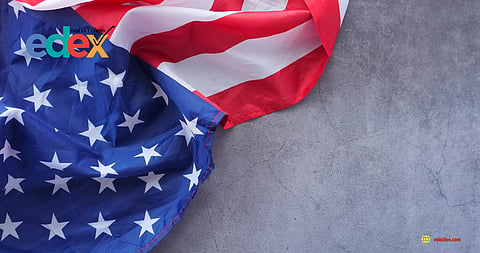

Aryaman stares at his phone’s lockscreen. Monday, March 20th, 3:00 p.m. Nothing yet. For the third year in a row, he waits for the call that will decide whether he can keep the life he has built in the United States. After two failed attempts, this is his last chance to be selected in the H-1B lottery.
Each spring, tens of thousands of Indian graduates like Aryaman wait for the results of the H-1B cap lottery — the system that decides who, among more than 350,000 applicants, will receive one of 85,000 work visas. Since 2004, demand has far exceeded supply, forcing USCIS to rely on a random draw. It may not be the most meritocratic system, but it was, at least, fair. Right?
Over the years, that fairness has eroded. A Bloomberg investigation found that nearly half of new H-1B visas went to outsourcing and staffing firms, many accused of flooding the lottery with excessive entries. One internal Cognizant planning document from 2016 showed executives recommending almost three times more applications than actual hiring needs—“to accommodate the lottery selection process,”. For U.S. educated graduates like Aryaman, that meant competing in a skewed system that rewards those who could outplay the odds, not those who had earned their place.
Then, on September 21, 2025, the Trump Administration announced a proposed $100,000 fee on new H-1B petitions—sending shockwaves through Indian students and families. For many, the H-1B remains the only bridge from a U.S. degree to a career. And suddenly, that bridge looked far steeper. Most employers can’t afford to sponsor entry-level hires if it means absorbing a six-figure fee.
However, there was always more to the picture. From the outset, President Trump’s proclamation described its intent to target “abuse of the H-1B visa program” . While certain claims, such as linking H-1B hiring to domestic unemployment amongst STEM grads, were questionable, the larger goal was clear: restore integrity to a system designed for high-skilled foreign professionals.
That intent became evident with the October 22 clarification: international students on F-1 visas—those completing bachelor’s, master’s, or doctoral programs in the U.S.—would be exempt from the surcharge. No group stands to benefit more from this change than Indian students educated in America.
What it means for Indian students
Immediate relief:
For thousands of Indian graduates on F-1 visas, the exemption brings instant relief. Employers no longer face a punishing $100,000 surcharge to hire them, removing a major deterrent to full-time offers. For students on OPT, this means more job opportunities, smoother visa transitions, and fewer cost-based rejections.
Better odds:
The exemption rightly tilts the system in favour of Indian students educated at US universities. Because the surcharge still applies to companies hiring from abroad, employers have a strong incentive to recruit talent already trained and resident in the U.S. USCIS data shows selection rates for the H1B lottery improved to 35 percent in FY 2026, as oversight tightened and speculative entries declined. If the fee further deters overseas filings, genuine graduates have much better chances at being selected and successfully sponsored.
(Table) In FY 2025, USCIS introduced a unique beneficiary system that allowed only one registration per individual regardless of how many employers filed. This reform caused a decline in duplicate entries.
Broader signal:
Beyond the numbers, the exemption sends a clear message: America continues to value the global talent it educates. By distinguishing between graduates and overseas applicants, the policy restores fairness and reaffirms that the U.S. rewards education and skill—not luck.
Why it matters for India’s education space
For India, the implications go beyond immigration. The United States remains the top destination for Indian students, with over 4.2L+ enrolled in 2024—a record reflecting both ambition and trust in its universities. Fairly so – U.S. universities continue to dominate global rankings, while only a few Indian universities make the cut. For years, however, these graduates have competed in a system where chance often outweighed merit.
The new exemption doesn’t remove the element of luck—the lottery still decides who stays—but it makes the contest fairer. It recognizes, for the first time in years, that students educated on American soil bring something unique and valuable: degrees from the world’s best universities, an existing track record of contribution to U.S. research and industry, and deep cultural and economic ties to both nations.
Aryaman’s story captures this shift. Today, he isn’t refreshing his inbox but leading a product team at Meta—proof of what happens when education and fair policy align. His story mirrors the hopes of thousands of Indian students who want their futures determined by qualifications, not chance.
For India, the message is simple: education, skill, and perseverance still open doors in the world’s most competitive economy.
(Written by Rahul Subramanium, Founder, Athena Education. Opinions expressed are their own)
